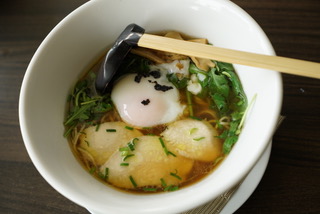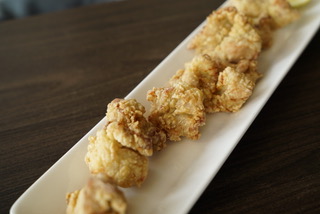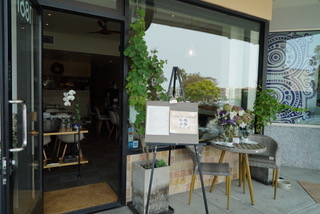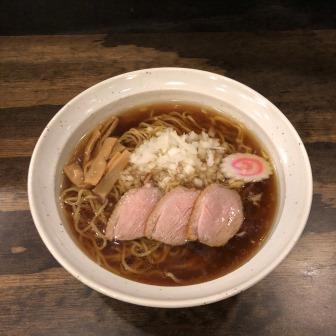Successive Generations of Champion Sake Breweries Sampling Event in Macao
By Kosuke Kuji
The International Wine Challenge (IWC) started the Japanese Sake Division since 2007, with one “Champion Sake” selected every year from around the world. The first champion sake “Kikuhime” from Ishikawa prefecture to the 2017 winner “Nanbu Bijin” all gathered at the high-end casino hotel Winn Palace in Macao.
Also, the Chief Operation Officer of the IWC sake judge & Wine Master Kenichi Ohashi conducted a study training session called the Japanese Sake Master Class and sampling event while a special dinner was served pairing high-end French and Japanese cuisine with the generations of Champion Sake selections. We breweries recognized for our winning Champion Sake attended wearing kimonos to introduce our traditional Japanese sake to affluent attendees from around the world gathered in Macao.
Since there was no previous opportunity for breweries that produced generations of Champion Sake to gather in one place, I’d like to take this opportunity to introduce the appeal of Champion Sake – the crown jewel of Japanese sake brands - to the world.
The world awaits Japanese sake! To reach an era where people around the world will toast to Japanese sake, I’d like to take on this mission as one brewery recognized with the honor of having produced Champion Sake, to actively introduce Champion Sake throughout Japan and to the world!
歴代IWCチャンピオンサケ蔵元試飲会inマカオ
インターナショナルワインチャレンジ(IWC)は2007年から日本酒部門が開催され、毎年世界一の称号である「チャンピオンサケ」が生まれています。初代チャンピオンサケは石川県の「菊姫」さんで、2007年の初代チャンピオンから2017年の南部美人まで歴代のチャンピオンサケがマカオの高級カジノホテル「ウインパレス」に勢揃いしました。
そして、マスターオブワインでIWCのサケジャッジの最高責任者を務める大橋健一MW氏による日本酒マスタークラスという勉強会や、試飲会、そしてマカオの最高のフレンチや日本食と歴代チャンピオンサケを1皿ずつペアリングするスペシャルディナーなどが行われました。私達歴代チャンピオンサケの蔵元は、着物で参加して、日本の伝統文化としての日本酒をマカオに集まる世界の大富豪の方々に伝えることが出来ました。
今まで歴代チャンピオンサケの蔵元が一堂に集まる機会は無かったという事で、これをきっかけに世界中で、そして日本で、日本酒の最高峰を極めたチャンピオンサケの魅力と、日本酒を素晴らしいコンテンツとして世界に伝えて行ければと思います。
世界は日本酒を待っている!世界中で日本酒で乾杯できる時代をこれからも創って行くために、チャンピオンサケを受賞した蔵元としての使命と責任を果たしながら、日本酒を日本中に、そして世界中に伝える伝道師としても活動して行きたいと思います。
The International Wine Challenge (IWC) started the Japanese Sake Division since 2007, with one “Champion Sake” selected every year from around the world. The first champion sake “Kikuhime” from Ishikawa prefecture to the 2017 winner “Nanbu Bijin” all gathered at the high-end casino hotel Winn Palace in Macao.
Also, the Chief Operation Officer of the IWC sake judge & Wine Master Kenichi Ohashi conducted a study training session called the Japanese Sake Master Class and sampling event while a special dinner was served pairing high-end French and Japanese cuisine with the generations of Champion Sake selections. We breweries recognized for our winning Champion Sake attended wearing kimonos to introduce our traditional Japanese sake to affluent attendees from around the world gathered in Macao.
Since there was no previous opportunity for breweries that produced generations of Champion Sake to gather in one place, I’d like to take this opportunity to introduce the appeal of Champion Sake – the crown jewel of Japanese sake brands - to the world.
The world awaits Japanese sake! To reach an era where people around the world will toast to Japanese sake, I’d like to take on this mission as one brewery recognized with the honor of having produced Champion Sake, to actively introduce Champion Sake throughout Japan and to the world!
歴代IWCチャンピオンサケ蔵元試飲会inマカオ
インターナショナルワインチャレンジ(IWC)は2007年から日本酒部門が開催され、毎年世界一の称号である「チャンピオンサケ」が生まれています。初代チャンピオンサケは石川県の「菊姫」さんで、2007年の初代チャンピオンから2017年の南部美人まで歴代のチャンピオンサケがマカオの高級カジノホテル「ウインパレス」に勢揃いしました。
そして、マスターオブワインでIWCのサケジャッジの最高責任者を務める大橋健一MW氏による日本酒マスタークラスという勉強会や、試飲会、そしてマカオの最高のフレンチや日本食と歴代チャンピオンサケを1皿ずつペアリングするスペシャルディナーなどが行われました。私達歴代チャンピオンサケの蔵元は、着物で参加して、日本の伝統文化としての日本酒をマカオに集まる世界の大富豪の方々に伝えることが出来ました。
今まで歴代チャンピオンサケの蔵元が一堂に集まる機会は無かったという事で、これをきっかけに世界中で、そして日本で、日本酒の最高峰を極めたチャンピオンサケの魅力と、日本酒を素晴らしいコンテンツとして世界に伝えて行ければと思います。
世界は日本酒を待っている!世界中で日本酒で乾杯できる時代をこれからも創って行くために、チャンピオンサケを受賞した蔵元としての使命と責任を果たしながら、日本酒を日本中に、そして世界中に伝える伝道師としても活動して行きたいと思います。












